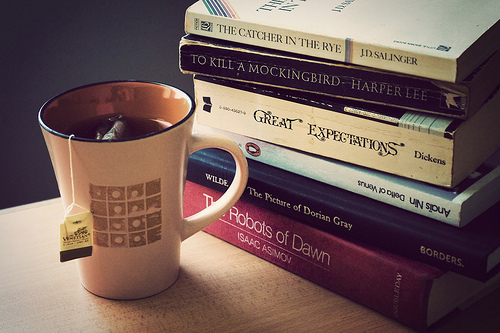What follows is a list of characters that serve to define and divide us. Make a personal list of the categories you belong to or have a conflict with and visual symbols that are associated with each. Aspirations and expectations should also be listed.
Age/ Generation - Dictates levels of independence afforded to the individual.
Being a seventeen year old is a large inhibitor of the way people treat and view me. I was born in 1996 and so I am considered a member of a generation that cares more about alcohol than politics and one that disregards education entirely. This is, however, the opposite in my case. I am not quite an adult but I am no longer a child which places me in an interesting situation - living with my parent and also working and being independent of them. A half-and-half sort of thing. Older people disregard my opinions because of my age but those that get to know me and actually take the time to listen to what I have to say always appear to respect my thoughts and opinions; they realize that I am self-aware and also aware of the ever-changing world around me.
Gender - Our gender affects the way we are treated by some individuals.
I am a female. In most situations I am regarded as weak and incapable of doing "manly" things such as being capable of carrying heavy loads, of being able to have authority in the presence of others, of being lesser than males are. This is untrue. I play lacrosse. I am an excellent leader. I am just the same, and in some cases, better than any male I know. But I am always treated as I am lesser and this is absolutely unacceptable to me. Sometimes, however, this isn't always a bad thing.
Race - Prejudice and perceived racial superiority can affect hopes and aspirations.
I am Caucasian (a.k.a. white) which does not place any overbearing influence of race on my life and on my actions. I am expected to behave normally and to achieve that which I know I can achieve. I know I am not superior to any other race and I do not think that this way of thinking is fair or right and so I do not let it affect my life. I know my race is no barrier.
Religion - Moral codes and ideologies that serve to guide, unite, and divide.
Religion does not greatly affect my life either. I went through the motions at my Lutheran church (a branch of Christianity), completed Confirmation, and rarely return to the church. I suppose I am indifferent about religion; I respect the religions of others and believe that they may believe whatever they wish to believe but that does not mean that I have to as well. Honestly, I never felt drawn in by any religion. If I stick to my personal morals and values I know I will do good in this world.
Class or Caste - Classification that an individual may never escape from.
Hmm... One class/caste that I am a part of is that of kids whose parents are divorced. I will always be known as the friend with divorced parents. Nothing new since 5th grade. I know this happened for the better and so it typically is not a burden but there are times where it distracts me from every other task at hand. There are more but I cannot think of them presently.
Personality - Extroverted and introverted are classifications of personality.
In most instances I am an extrovert. I am not afraid to speak out and to lead people when a leader is necessary. I enjoy speaking and sharing my thoughts, but the introvert within me also recognizes the importance of listening. I often believe that I listen with the intent to understand rather than to respond (this works pretty well I'd say). All in all, however, the environment I am in and the people I am around determine the type of personality I have; I am no more so one than the other.
Intelligence - Educational establishments, based on IQ, often segregate us.
I am smart. Since this is related to IQ I believe mine is over 130, and this above-average intelligence puts a lot of pressure on my accomplishments. I am expected to produce higher-quality work and to perform at a level well beyond that of many of my peers. Normally this is not an issue. I have been enrolled in numerous honors and Advanced Placement courses and am fully capable of handling the heavier workloads and of doing my work wholeheartedly and completely. I have also been in some regular classes and this is where I under-perform due to boredom - busywork only gets me so far. Because of my placement in these honors courses I am not friends with many of the students who are not in these classes. To be honest, they kind of bother me. They aren't challenged or interested and so they're just a distraction.
Political Persuasion - Left wing or right wing. Each carries its own ideology.
I typically fall under the side of being a Democrat. I believe in marriage equality and am pro-choice, amongst other things, and that is about all I know about my "persuasion". Generally I think politics is a corrupted system and one that is excruciatingly self-centered. Money this and money that are all that is ever said about the government and that does not help their image whatsoever. Due to this I tend to stay out of any political affairs; life is less stressful that way.












